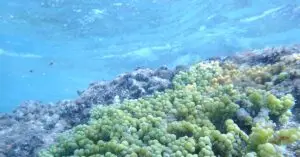
Algal Blooms in Guam
Marine algae, also known as seaweeds, are a diverse group of organisms.

Marine algae, also known as seaweeds, are a diverse group of organisms.
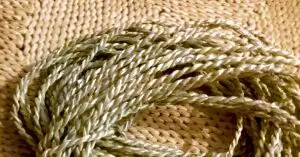
The CHamorus often made their fishing nets out of the vascular bundles of fibers from Lo’u, a common seagrass. This seagrass is frequently called turtle
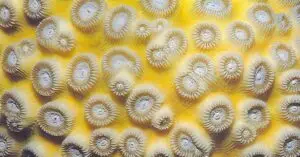
What is a coral? Corals are small invertebrate animals that create the foundation of an ecosystem that supports thousands of other organisms, including humans. Corals
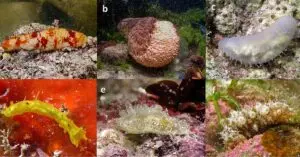
Sea cucumbers are important. Of the many marine organisms populating Guam’s waters, sea cucumbers (balate’), shown in Figure 1, remain important and unique creatures that
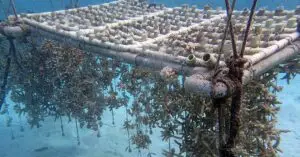
Guam’s coral reefs and their decline. Coral reefs are among the most productive ecosystems on the planet. They contribute greatly to cultural identity, education and
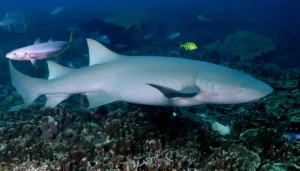
Large animals that are well-known and beloved by the general public are typically referred to as “Charismatic Megafauna.” The term is most commonly used by
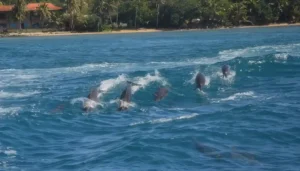
Classification, appearance and local distribution. Pilot whales are in the dolphin family (Delphinidae), which is part of the oceanic dolphins. The name “pilot” was came
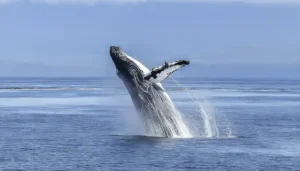
Whales are mammals. Cetacea is an order of marine mammals that includes both whales and dolphins. They are clearly identified by their streamlined bodies and

Large diverse family of fish. Sharks or halu’u in CHamoru, and rays or hafula’ in CHamoru, belong to a family of fish referred to as
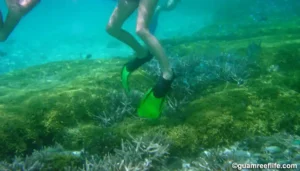
Importance of coral reefs to Guam. Coral reefs are important to Guam for many reasons, but the primary reason is the protection of the island.